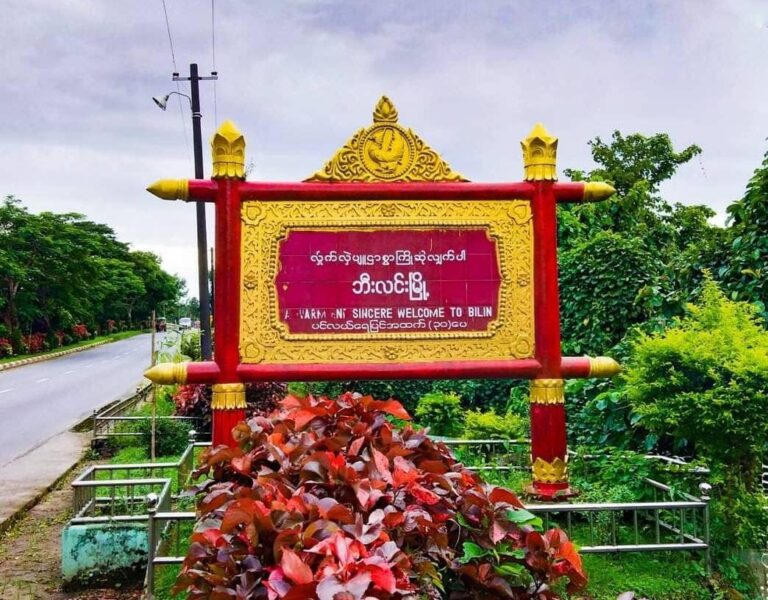WCRP: In March 2011, President U Thein Sein gave a speech to parliament urging improvements to the national education system. He called for implementing a system of free, compulsory primary schooling, upgrading the country’s educational standards to international levels, and increasing enrollment in basic education. Changes have thereby been made in the last few years that ostensibly liberated students and their families to freely pursue education. According to education officials, registration fees have been waived, textbooks are provided free of charge, and the local administrators’ practice of collecting “donations” to buy school equipment (for everything from the headmaster’s chair to a football for the schoolyard) was targeted for elimination.
Although renewed dedication to educational outcomes is welcome after decades of their systematic decline, changes are allegedly only being experienced in urban areas, leaving rural villages and border communities largely exempt from reform. Families in these peripheral areas report that schools can still impose fees for registration or to supplement administrative costs, and students say that while free textbooks are now available, there often are not enough for everyone. The announcement last year that primary school instruction was to be free reportedly caused a surge in enrollment, but a large number of children subsequently dropped out because there were not enough books and parents could not afford to buy them. There has allegedly been little enforcement or oversight in these regions to ensure compliance with new standards, and primary schools have mostly been left to determine, independently and on a case-by-case basis, whether and for what they will charge their students.
Students who do complete primary and middle school face new challenges once they reach high school. The final two years of secondary education, called 9 Standard and 10 Standard (informally called Grades 10 and 11), are particularly expensive for students living in rural areas who do not have a local high school. Families must then fund daily transportation to the nearest high school or shoulder the cost of a hostel so the students can live closer to the school.
“I completed Grade 9 at the Mon National Middle School in Khaw Zaw village in 2012,” said a student from Pope Htaw village. “My parents can’t afford for me to continue to Grade 10 because the Inn Din village [high] school in Ye Township is very far away and the school costs are expensive. My parents are poor and work on a rubber plantation and they are not interested in supporting or encouraging my education. For these reasons, I have to stop my studies this year.”
One student from Khaw Zaw village in Yebyu Township said, “I passed Grade 9 this year. I have to go to Inn Din village to continue to Grade 10, but this is difficult given my family situation and that my parents are poor. The cost [of Grade 10] is two or three times more expensive, up to 700,000 or 800,000 kyat. Where can I get this money? Others are able to continue their studies only because they have a brother, sister, or father working in Thailand or Malaysia.”
In addition, the Ministry of Education only distributes the national standardized tests that high school students are required to take to urban or township-level high schools. Those attending sub-township schools are also obliged to take the test but have to travel to test sites and pay for their own transportation to get there. For example, high school students in Three Pagodas Pass on the Thai-Burma border have to travel 47 miles to Kyain Sei Kyi for the requisite examination given in March, but there are no school buses to take them, and they must pay for the travel costs themselves.
Another common characteristic of the Burmese education system that greatly increases the cost burden on families is “tuition,” a fee-based, after-school class in which schoolteachers or community members charge money to assist students with their school subjects. However, as an incentive for children to attend tuition, teachers provide minimal instruction during regular class hours and offer more detailed and relevant information in tuition. Students allege that they cannot understand the classroom lessons without tuition, and they and their parents worry that grades will suffer if they do not attend. The pressure to join tuition is particularly acute in Grade 11 (10 Standard) because the final exam scores determine whether students graduate, if they can get into university, and what they can study there.
Tuition has therefore gained in notoriety over the years as a significant roadblock to universal education that unduly targets poorer families. Students may be unable to afford tuition or are busy helping with the family business after school, and they describe the frequent discrimination students receive from teachers who do not attend tuition. Teachers are allegedly more responsive and helpful to students who join tuition and may put the other students on the spot, making them feel uncomfortable and adding to their challenges for finishing school.
Yet school costs are still only one piece of a larger puzzle that reveals why young people in Burma may not finish their education. Students point to the continued and widespread use of rote learning styles and a “top-down” approach to teaching as opposed to more participatory classroom methods. Studying for exams often entails students memorizing whole sections of their textbooks that must then be reproduced, word for word, in the exams. Students assert that teachers rarely, if ever, encourage them to think critically, share opinions, or even ask questions. Additionally, young people contend that they often leave high school without practical skills that would help them secure work, like computer proficiency, English, or a meaningful grasp on math or science.
Correspondingly, the reputation and perception of the country’s education system has starkly deteriorated among Burma’s people. Students allege that school is not useful or engaging, and the absence of an identifiable bridge between education and employment leads many parents to place little emphasis on their children’s graduation. Both young people and adults say there is ample evidence to show that a degree does not lead to work, and in communities with high joblessness and low average salaries, the draw of migrant work in neighboring countries is often stronger than the desire to stay in school.



